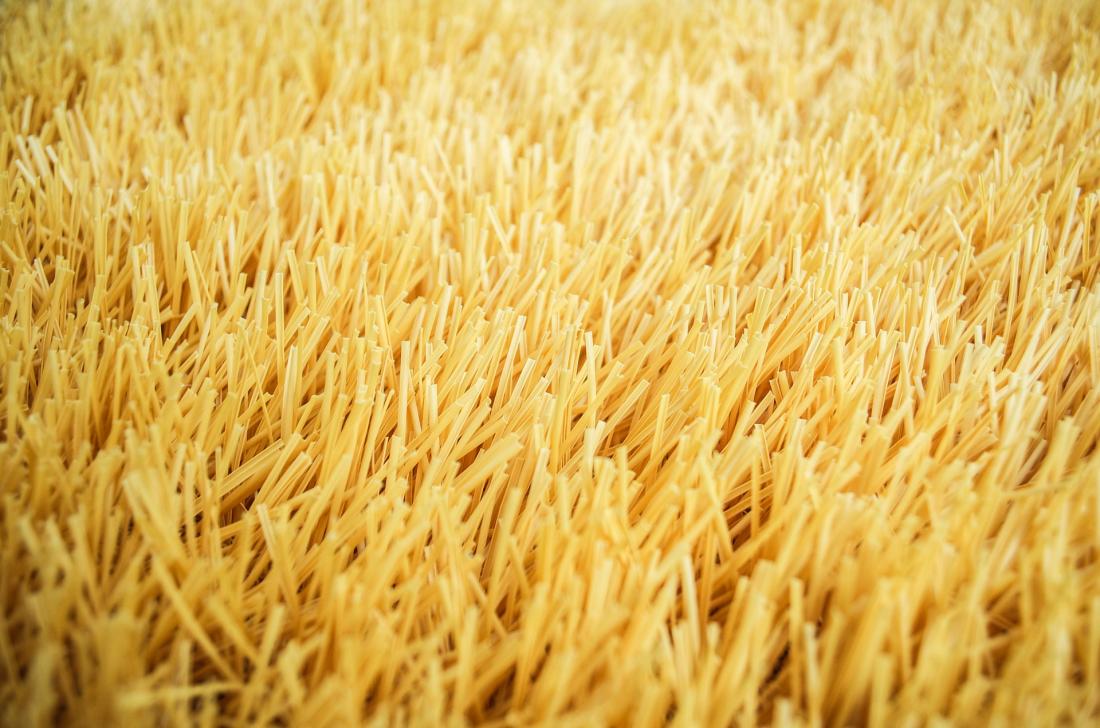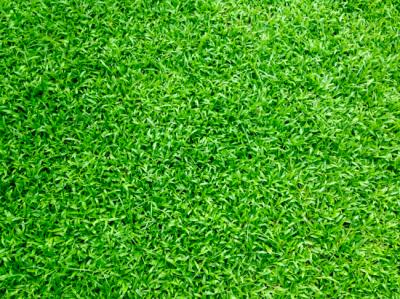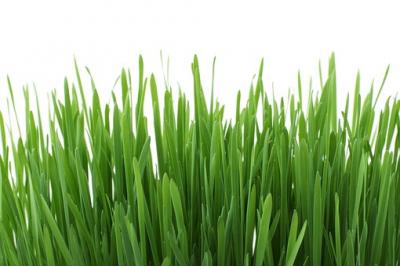If you have a dull, brown patch of bare dirt that you wish to transform into a lush green lawn, then sod is the fastest way to turn this into an attractive patch! Although sod looks spectacular when it’s new, the expense of green can soon become spotted or end up turning yellow within a short time. As a homeowner in Atlanta, investing in new sod and not properly caring for it can lead to poor installation issues and tarnish afterward. This blog by Atlanta Sod Farms will explore all you need to know about sod, what makes it turn yellow, and how to prevent it.
Yellowing of sod could be salvageable, and sometimes not, but you still have to understand the problem cause and how to avoid it upon installation. Based on our experience, with years of supplying the best sod to clients across Atlanta, we would like to give you an insight into the common causes of sod yellowing. Some of these could change the color of the sod, even before its installation.
What Is Sod, And Why Does New Sod Turn Yellow?
Sod refers to a layer of soil on which the grass grows. Typically, homeowners use it to install a lush and green garden as it gets the job done faster than grass seeds. It’s a simple yet effective way to ensure your garden thrives healthily and aesthetically within a minimal time. Moreover, sod can be laid down as turf, giving you autonomy over the area you need greenery. It’s best done with professional help, but you can do it yourself if you’ve got the right tools and experience.
But with such easy greenery comes a bit of a hassle too. Sometimes, new types of sod can turn yellow in color for no apparent reason. The truth is sod requires plenty of water right after installation. Failure to comply with the sod’s needs results in yellowing. It’s critical to ensure you water the sod every few pieces in order to eliminate the chances of unwanted yellowing. It will also keep the sod from drying out completely under the sun and maintain its growth and aesthetics.
4 Tips to Prevent Sod From Turning Yellow
Wondering how to prevent your freshly-laid sod from turning yellow? You’re at the right place. Here are our top tips to help you prevent the sod from getting yellow.
1. Give the New Sod Enough Water
If you fail to give the sod enough water or fail to water it often after installation or leave it to dry while it’s in waiting for installation, yellowing is a common sight. Whenever this happens, just stop and water the new or freshly laid sod after a few pieces so it doesn’t dry out completely.However, the standard recommendation is to water it at least once a day, but preferably, it is best to water it twice a day. This should help until the ground soil becomes soft enough for a tool to penetrate through easily, such as a screwdriver. Soon after installation, skipping even a day could eventually result in yellowing, just within a matter of a few hours. Hence, while waiting to install the sod, it is best to water it from the edges to prevent drying out.
2. Do Not Overwater the Sod
While new sod would need an inch of water once or twice a day, this amount of water can pose to be harmful to sod lawns that are a week older or two weeks older. You have to reduce the amount of watering as the roots grow so that it won’t lead to waterlogging of the new and delicate growth.Eventually, you should cut down the watering to once a day and then skip a day. Once the sod is three weeks old, you can alter the watering to three days and then a complete week. With weekly watering, the sod would be able to retain enough moisture and grow steadily without the problem of waterlogging. Overwatering will only lead to the grass turning yellow in patches, and eventually, the roots will die.
3. Avoid Over Fertilization of the Sod
Once you have the new sod installed, you may be tempted to give it some extra feeding by spreading more fertilizer within the growth stage in the first week. However, excessively fertilizing the sod will only lead to the sod turning yellow, dying back, and turning brown eventually. Sometimes, using slow-release fertilizers can also be too strong for new sod, and this will only burn the roots. Right after installation, you need to understand that the sod would absorb the fertilizer properly, so you should wait at least a month before giving the sod more feed.
4. Protect The Sod From Foot Traffic
Excessive foot traffic is one of the most common reasons for sod damage. It hinders the growth of your grass and can also destroy the grass’s roots completely. Moreover, in the worst cases, it can hinder nutrient absorption into the lawn! It’s critical to deal with this issue before your grass loses its ability to grow as beautifully as you’d like to see. Hence, to combat this issue and prevention of yellowing, you should utilize a high-quality rubber mat. You can also use turf protection mesh that will divide the weight and reduce rutting and mud. Professionals like us best do this, so feel free to contact us to cater to your needs!
Conclusion
At Atlanta Sod Farms, we specialize in the supply of different quality sod to beautify your lawn Yellowing of fresh sod is common because people forget to water the sod as much as is required. Hence, it’s best to consult professionals like us, a reputable sod company, for this job. However, with the right tips and tricks, you can ensure your freshly-laid sod thrives well on your lawn. Atlanta Sod Farms is here to take care of your needs any day, so feel free to reach out to us today!




